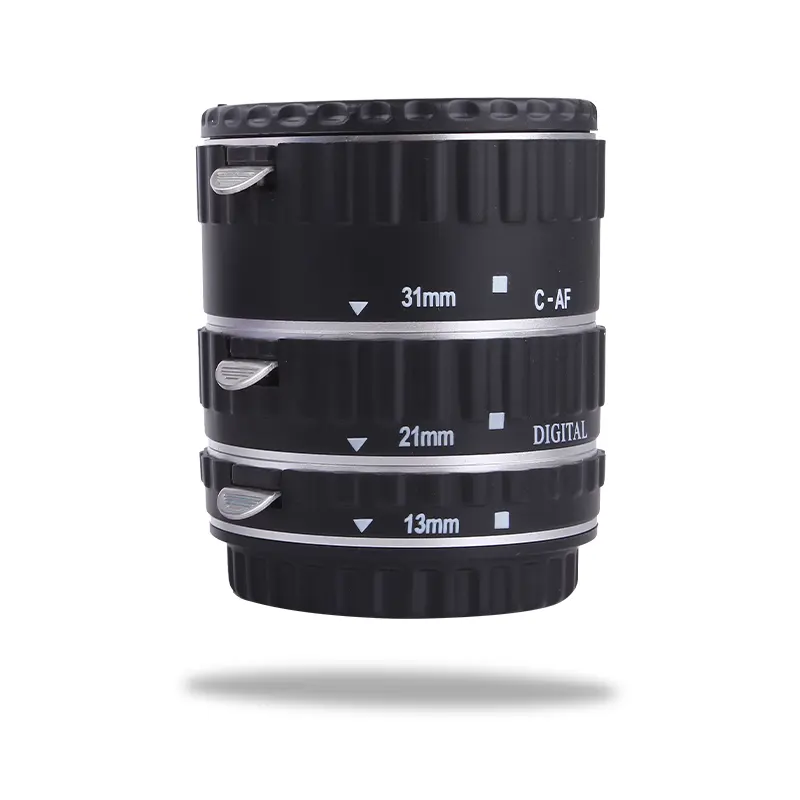

Time:2025-05-24 Views:1

Impact - resistance displacement is a key parameter for evaluating the performance of macro lens adapters when subjected to impacts. It refers to the ability of the adapter to resist unwanted movement or displacement of its components during an impact event, which is vital for maintaining the alignment and functionality of the lens - camera system.
When an impact occurs, the components within the macro lens adapter, such as the lens mount, focusing mechanism, and any additional optical elements, can be displaced. Even a small displacement can lead to significant image quality degradation, including blurring, distortion, or loss of focus. To enhance the impact - resistance displacement of macro lens adapters, several design and engineering strategies can be employed.
First, precision manufacturing and assembly techniques are crucial. Tight tolerances during the manufacturing process ensure that all components fit together precisely, reducing the likelihood of movement under impact. High - precision machining methods, such as computer - numerical - control (CNC) machining, can be used to fabricate the adapter's body and internal parts. During assembly, components should be carefully aligned and secured using high - quality fasteners and adhesives. For example, the lens mount should be precisely positioned and fastened to the adapter body with screws that are tightened to the correct torque specification. This not only ensures a stable connection but also minimizes any potential for displacement during impacts.
Internal bracing and support structures can also enhance impact - resistance displacement. By adding ribs, struts, or cross - braces within the adapter, the rigidity of the structure is increased, and the components are better supported. These internal structures act as a framework that resists deformation and displacement when an impact force is applied. Finite element analysis can be used to optimize the design of these bracing structures, ensuring that they are placed in the most effective locations to distribute impact forces and prevent component movement.
The use of anti - vibration and anti - displacement mechanisms is another important approach. For example, ball - bearing systems can be incorporated into the focusing mechanism of the adapter to reduce friction and allow for smooth movement while also providing resistance against sudden displacements. Additionally, snap - fit or locking mechanisms can be used to secure removable components, such as extension tubes or filters, preventing them from detaching or shifting during impacts.
Furthermore, the choice of materials can influence impact - resistance displacement. Materials with high stiffness and low elasticity, such as certain types of metals and high - performance plastics, are less likely to deform under impact forces, reducing the displacement of components attached to them. By combining these design and material - selection strategies, macro lens adapters can achieve improved impact - resistance displacement, ensuring that they can withstand impacts without compromising the quality and functionality of the imaging system.
Read recommendations:
filters for underwater photography